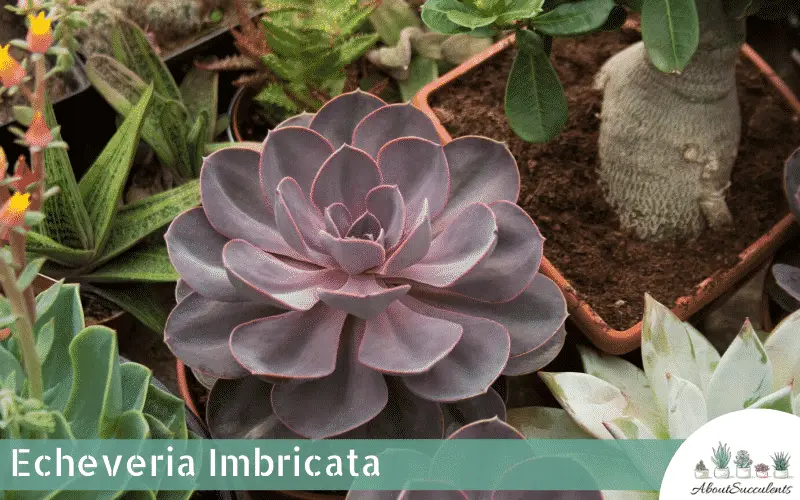
Echeveria imbricata is an alluring succulent that is identified with its thin, closely cupped leavers with a powder blue color and framed with a light hue of pink around its edges. Echeveria imbricata can reach a height of 8-inches (20.32cm)
When Echeveria imbricata gets older, the leaves thicken up and produce the recognizable rosette pattern. The rosettes measure 6 to 7-inches or 15-20cm in width. The succulent is also known for producing offsets that form overlapping circles giving the impression the “pups” are hugging the mother plant.
In the springtime, Echeveria imbricata produces beautiful orange-red and yellow flowers. This popular succulent is also called Blue Rose Echeveria. It comes from the Crassulaceae family and is native to Mexico.
General Information:
Also known as: Blue Powder, Hens and Chicks
Plant Family: Asteraceae
Origin: Mexico
Height: 8-inches (20.32cm)
Exposure: Partial to full sunlight
Water Needs: Water only when soil is dry to the touch, little watering during the winter months.
Soil Type: Cactus soil or commercially-available sandy soil.
Soil pH: Slightly acidic (5.6 to 6 .0 pH)
Tolerance: Drought
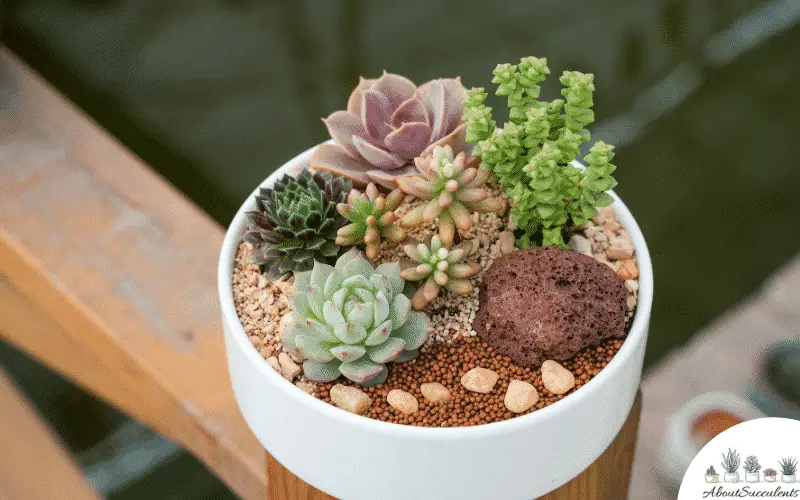
How to Grow and Care for Echeveria Imbricata
Echeveria imbricata is a hybrid of the Echeveria glauca and Echeveria metallica. It is one of the most popular varieties of the genus Echeveria. You can grow Blue Rose as an outdoor succulent or as an indoor plant.
1. Sunlight
Typical of Echeverias, Blue Powder grows better when given enough sunlight. If not, the succulent might experience etiolation whereby the leaves stretch out in search of the sun’s rays. The leaves will eventually grow limp.
If grown in a succulent garden, plant Echeveria imbricata in a location where it can receive 6 hours of morning sunlight every day. The plant’s blue powder actually protects it from the sun’s rays.
It is still advisable to avoid exposing the succulent to the afternoon sun because, in extreme temperatures, Blue Powder can get scorched.
Echeveria imbricate is not a cold-hardy plant. If you live in a region where the temperature can drop below 20° F or -6.7° C, it is recommended to grow the succulent indoors. Place it near a window that gets a good amount of sunlight every day.
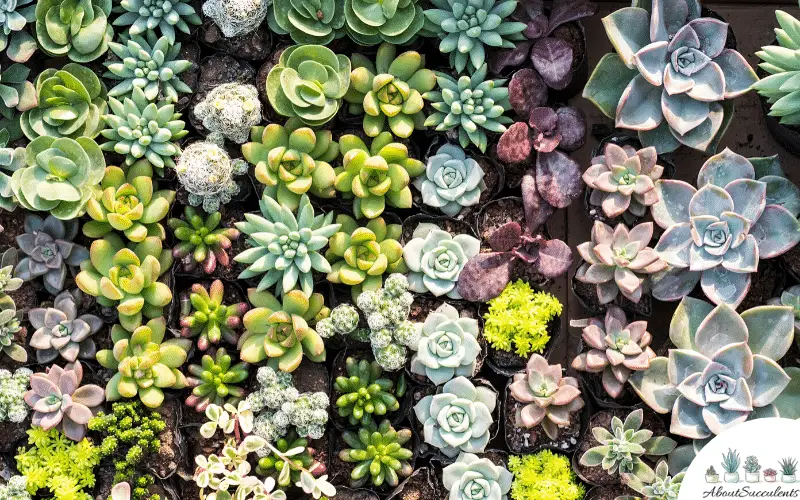
2. Watering
Similar to other succulents, Echeveria imbricata’s watering needs will initially differ when it is planted in a garden or in a pot.
If Blue Powder is planted in a garden, it will require water when the soil has gone completely dry. However, Blue Powder that is planted in a pot will initially need more frequent watering.
Once the roots have been firmly established, the watering schedule will follow the same “soak and dry” method used for the garden-grown succulent.
It is important not to overwater Echeveria imbricata as its roots will be exposed to rotting. Avoid watering the leaves and just water the soil until it is drenched. Once the tray underneath the pot is filled with water, remove the excess and stop watering.
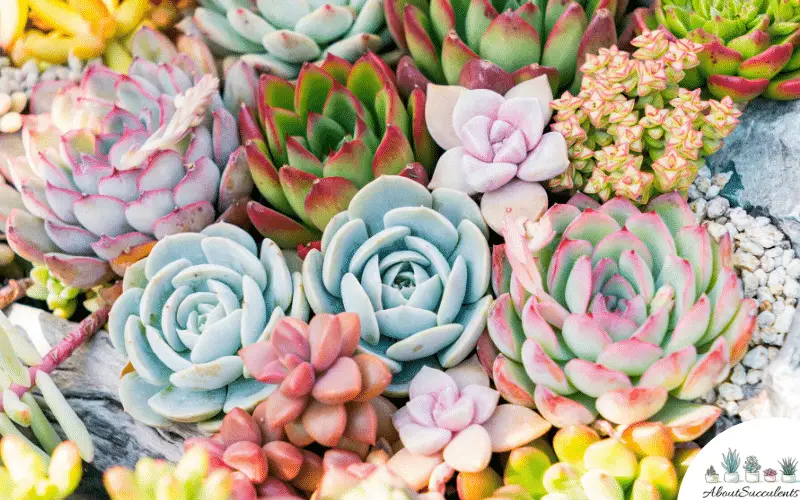
3. Pot and Soil
Use a ceramic pot that has not undergone the glazing process. The material of a ceramic pot is more porous compared to plastic and allows better evaporation of excess moisture from the soil.
Echeveria imbricata will grow better when planted in well-draining soil such as cactus or commercially-available sandy soil with a slightly acidic pH level.
How to Propagate Echeveria Imbricata
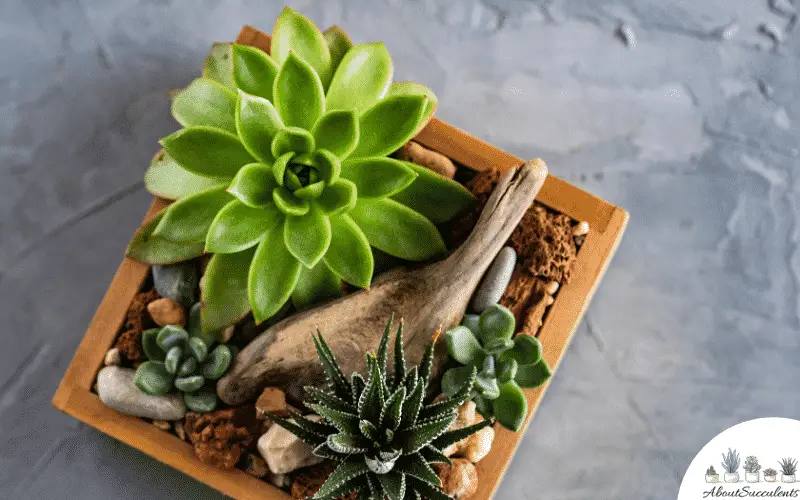
One of the challenges of growing Echeveria Imbricata is trying to propagate it. This type of succulent does not propagate fast. There are 2 methods for propagating Blue Powder: Leaves or Offsets.
Method 1 – Leaves
Step 1 – Perform a gently pull of a leaf from the mother plant. A clean pull, where there are no parts of the leaf left on the stem, will increase the chances of successful propagation.
Step 2 – Place the leaves on a dry and shaded area for 1 to 2 days or until it develops calluses.
Step 3 – Once the leaves have hardened, place them on well-draining soil.
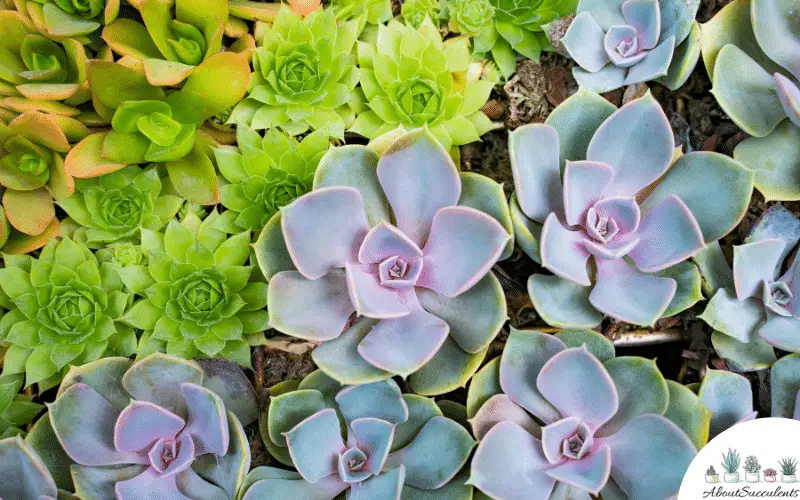
Method 2 – Offsets
Step 1 – Gently pull up the offsets that have grown at the base of the plant.
Step 2 – Allow the offsets 1 to 2 days to develop calluses.
Step 3 – When the offsets have hardened properly, replant them in well-draining soil.
Frequently Asked Questions
Is Echeveria Imbricata Toxic for Cats and Dogs?
Echeveria imbricata does not appear in the list of plants that are toxic to cats and dogs that appear on the website of the American Society for the Prevention of Cruelty to Animals (ASPCA).
Why is my Echeveria Imbricata Succulent Dying?
Echeveria imbricata is a resilient succulent but is susceptible to infection that is caused by 2 factors: Overwatering and Pest Infestation.
If any or both of these factors afflict your Echeveria imbricata, they should be addressed right away of the succulent will die.
1. Overwatering
If Blue Powder’s roots remain drenched in water for an extended period, they could start rotting. Once the roots begin to rot, infection will develop and spread throughout the plant right away.
Discoloration is a sure sign of root rot. If you see the leaves turning into a brownish or blackish color, cut off the infected sections right away with a pair of sterilized and sharpened garden shears.
Then, check the roots. Gently pull out the plant and shake off the excess soil to search for rotting roots. If you see any, cut these rotted parts with the garden shears then allow the plant to dry completely before replanting in fresh, well-draining soil.
2. Pest Infestation
Mealybugs and aphids enjoy drinking the sap out of Echeveria imbricata. Once the plant has lost its sap, it will die.
Keep pests away by removing fallen and dead leaves from the base of the plant. The dead leaves are used by the mealybugs as a nesting place. Spray Blue Powder with neem oil once-a-week to discourage the pests from infesting.
You can wipe off the white, cotton-like substances left behind by the mealybugs with a piece of cotton that has been soaked in denatured alcohol.
Does Echeveria Imbricata Produce Flowers?
Yes, Echeveria imbricata produces flowers in the summertime. The flowers are beautiful that may come out as orange-red and yellow.
Last Updated on June 10, 2022 by Sofia Lara